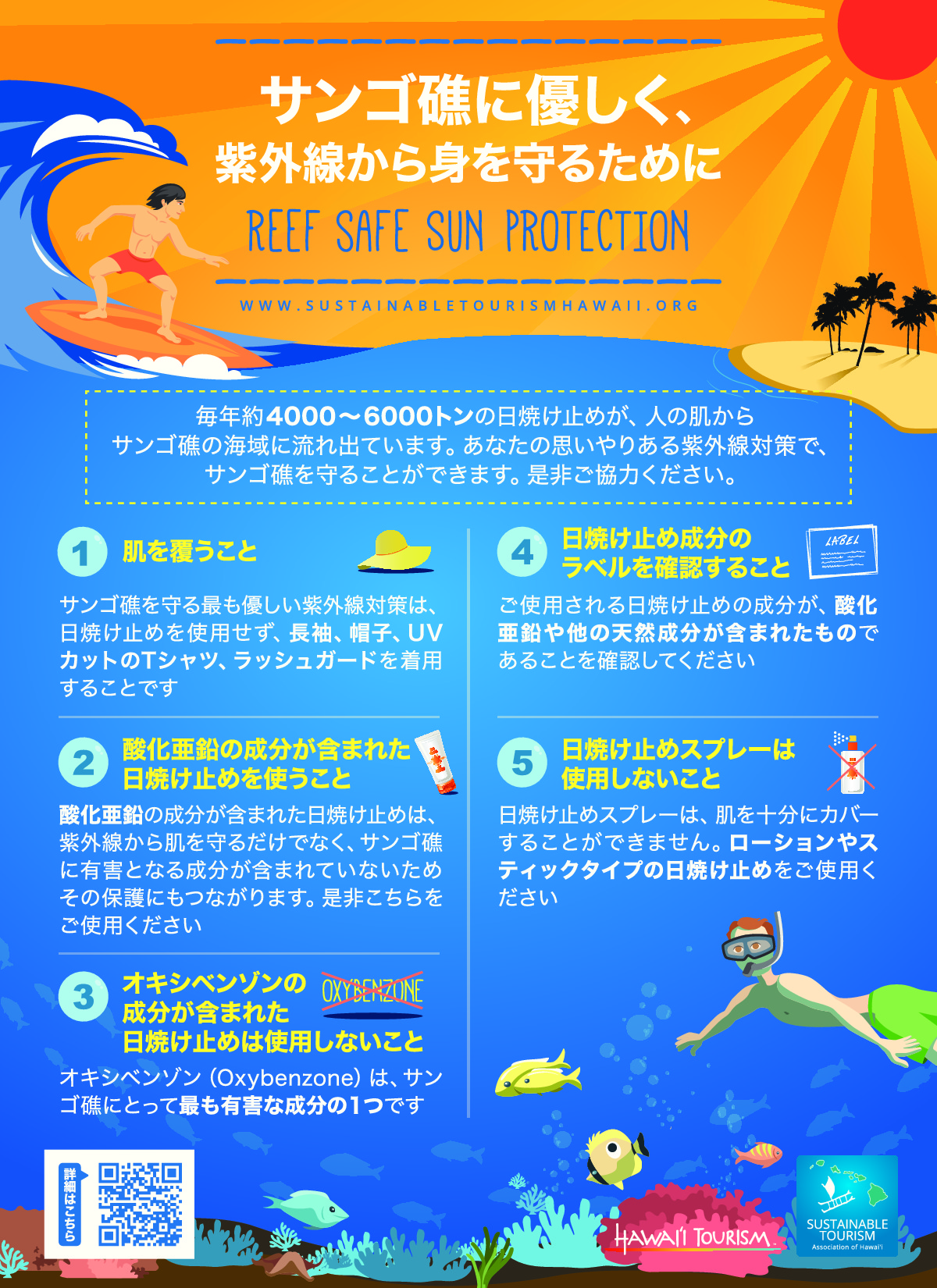

The latest ban announced in the Florida Keys had a statement: “We have one reef, and we have to do one small thing to protect that. Zinc oxide is also toxic to certain bacteria and crustaceans and it, like titanium dioxide, readily bioaccumulates and causes toxicity in freshwater fish.Īs for the chemicals in sunscreen, I don't believe they are great for the reefs, but they actually do biodegrade, over a long period of time.
#Reef safe recordia free
Zinc oxide, can release free molecules of Zn, which are toxic to the root systems of some plants (Lin and Xing, 2007). It also bioaccumulates within many plant species.

It has been noted that Titanium dioxide reacts with UV light to produce strong reactive oxygen species (ROS), which can cause significant cellular damage in plant cells.
#Reef safe recordia skin
As minerals, they actually bio-accumulate and build a sunscreen layer on the coral, or if these "minerals" are nano-sized (100,000 times smaller than found in nature), the coral is ingesting these minerals? But, then I question them as minerals, as the procedure to make Zinc and Titanium into something that can be used in skin care involves a chemical process and the resulting chemicals are Zinc Oxide and Titanium Dioxide, so chemical? or mineral? IF, Zinc and Titanium are physical blocks “minerals” (which they are in original form), then they are minerals and DON’T biodegrade, even though they are marketed by some sunscreen companies as biodegradable. We've heard about the chemicals but what about the minerals? The problem today is all the misinformation we continue to receive, as the truth is NONE of the sunscreens or humans for that matter or “reef safe” or “reef friendly”. Water temperatures raising all over the planet showed the same issue in the 80's, '90s and 2000s globally BUT in the last few years, the blame is now on sunscreen Oxybenzone and Octinoxate being the biggest culprits? The increase in water temperature, Global pollution, coastal develop, overfishing that’s the real issue.ĪRE ANY SUNSCREENS TRULY REEF SAFE? REEF FRIENDLY? Jokiel noticed a new factory was pouring hot water into the ocean, increasing the temperature by 1.2 degrees and it was bleaching the reefs. The “major” issue in regard to coral bleaching goes back, as Scientists in 1970 notice Coral bleaching was occurring due to a minor increase in ocean water temperature. Human beings and their own personal skin microbiome with a thousand bacterial species, the products people use on their skin/hair (shampoos, moisturizers, underarm deodorants and sunscreen) and touching/kicking the reef are hazardous to this sensitive environment. The best way to protect the reefs, is don’t go swimming in the reefs. Is Sunscreen killing the reefs? How can I make sure I don’t harm the reef when I’m swimming? If they really want to save the reef, they should ban them all, zinc oxide included. Two locations that have banned these chemicals are: Hawaii and Florida accounting for approximately 80% of the coral reef in the USA. What some sunscreen companies are referring to are the chemical blocks, specifically Oxybenzone and Octinoxate.

The terms “ reef safe” and “ reef friendly” are not regulated by any Regulatory body (FDA, EPA, Health Canada) none of them have a standard for reef safe, it's marketing. Florida is the third largest barrier reef in the world but Caribbean Islands coral reefs has been devastated by global and local stressors ( ), as have the Pacific Islands. The Hawaiian Island chain is home to more than 60% of the nation’s coral reefs. Let’s start with the fact that the United States and its territories are approximately 4 million acres of the sea floor including Pacific Ocean, Gulf of Mexico, Atlantic Ocean, and Caribbean Sea. Delivery on livestock items can vary to ensure the safety of the livestock and may be weather dependant.NOTHING IS REEF SAFE! Humans aren't reef safe, all sunscreens aren't reef safe! We will contact you to arrange the best delivery day to ensure that the coral is not left in the delivery network. The online selection of corals is only a selection of what we have to offer. If you wish to add additional coral to your order that we dont list online please contact us and we can send you photos of additional items we carry in store. Each Hexagonal area is 20mm wide (approx), so if the coral is 5 Hex shapes wide your looking at a coral around 100mm or 10cm wide.įor further photos or more information please contact us by Email, Facebook or call 01254 375333. Sizing: Our coral is photographed on our custom hex-crate eggcrate system. Colours can vary depending on lighting, tank conditions and device that the photo is viewed on. Photo is of the actual coral to be received.


 0 kommentar(er)
0 kommentar(er)
